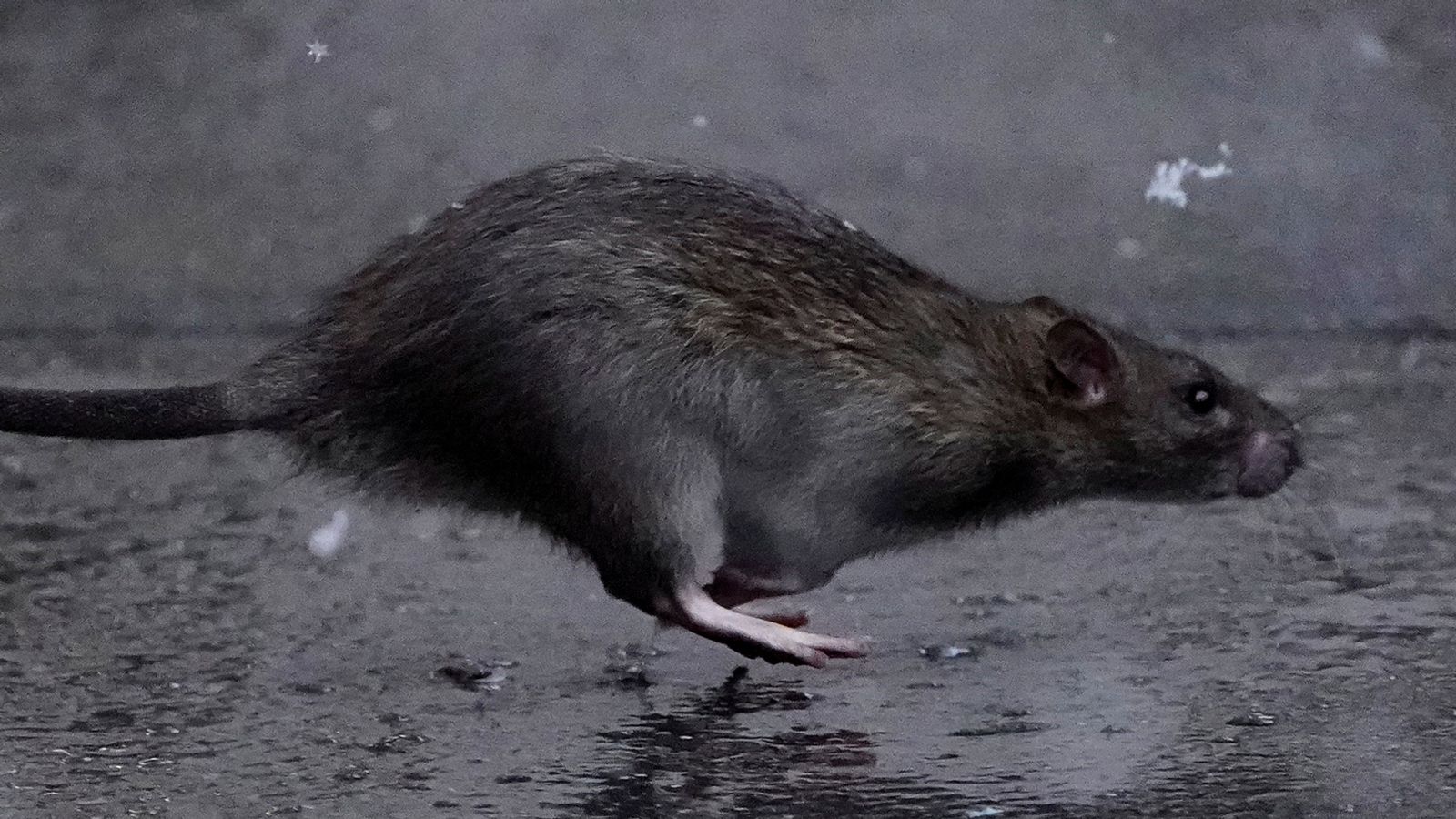Millions of rats living across New York City are susceptible to COVID-19, researchers have found.
Like humans, the rodents have proved vulnerable to multiple variants of the virus, from the original to Omicron, including high levels of infection in their upper and lower airways.
A World Health Organization (WHO) report in 2021 concluded that the coronavirus is “likely” to have been transmitted from bats to humans via an unknown animal.
Since then, instances of human-to-animal transmission have been reported – including in pets.
Researchers at the University of Missouri looked into whether New York‘s rats could be infected, given the huge number which call the city their home.
There are approximately eight million wild rats in the Big Apple, and they are also widely distributed in other urban areas across the US.
The peer-reviewed study, published in the American Society for Microbiology’s mBio journal, said it was vital to determine whether wild animals could be infected at scale to keep track of how the virus might evolve.
Rats captured near sewage systems
“To the best of our knowledge, this is one of the first studies to show SARS-CoV-2 (the virus that causes COVID-19) variants can cause infections in the wild rat populations in a major US urban area,” said lead author Dr Henry Wan.
With the permission of local officials, researchers carried out two operations to trap rats in and around locations surrounding the city’s sewage systems – mostly in Brooklyn.
Sewer surveillance was used during the pandemic to detect rates of the disease.
Biologists collected and processed samples from 79 rats captured between September and November 2021, and found that 13 of them (16.5%) had COVID-19.
Scaled up to the total estimated population, that would mean more than 1.3 million infected rats in New York City.
Work can help track if virus ‘evolving’
Dr Wan, who specialises in emerging infectious diseases, said the findings reinforced the joint role that humans and animals can play during a pandemic.
“It’s important that we continue to increase our understanding so we can protect both human and animal health,” added the professor.
“Our findings highlight the need for further monitoring of SARS-CoV-2 in rat populations to determine if the virus is circulating in the animals and evolving into new strains that could pose a risk to humans.”
Be the first to get Breaking News
Install the Sky News app for free
Previous research has warned that as transmission wanes in society, COVID among animals may become an “increasingly important […] potential source” of the virus being reintroduced to humans.
However, the presumed zoonotic (animal to human) origins of the virus have been called into question in recent weeks after the FBI’s director revealed the US intelligence agency believes it “most likely” came from a Chinese lab leak.
The theory has been peddled ever since the initial outbreak in Wuhan, China, more than three years ago, but the WHO’s official position is that it remains “extremely unlikely”.











